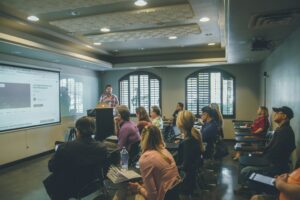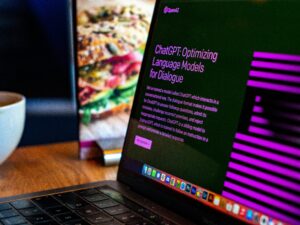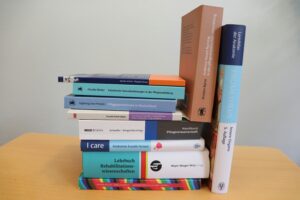
Photo by Vonecia Carswell on Unsplash
This week’s readings focused on inclusivity and how to make education accessible for everybody. I really enjoyed the readings because I’m genuinely interested in inclusivity, especially inclusive design. I think it’s important to recognize that learners have diverse needs, and creating flexible, accessible learning environments helps ensure that no one is left behind.
My interest in inclusivity stems from being extremely shy during childhood, where I often found myself on the margins in social and academic settings. I became aware of subtle cues such as when I was genuinely welcomed versus merely tolerated, and those experiences had a lasting impact on my mental health. Feeling excluded or invisible shaped how I see the world, and it’s made me deeply empathetic toward others who might not feel like they belong.
I also became interested in inclusive design after watching a YouTuber, who is color blind, deeply moved by a video game that included color blind mode. He genuinely appreciated the game more because it accommodated his needs, and it made me think more about how design can create more meaningful and accessible experiences for everyone. I try to apply this into my personal projects, such as adding subtitles or captions or adding high contrast color palettes. Here is a short video that demonstrates how gamers can benefit from color blind modes by simulating color blindness.
That being said, I enjoyed the Inclusive Design Research Centre’s (n.d.) article and found its emphasis on individual variability and co-creation insightful. It resonated with me and reinforced ideas I was already familiar with. I really like this line: “Co-designers are not just invited to a “table” that wasn’t designed with them, but included from the beginning to design an inclusive process.” It shows the importance of moving beyond tokenism in design, and as someone who was on the receiving end, it’s painfully obvious when you are treated as more of an afterthought.
The readings made me reflect on the process of inclusivity and how it’s not just about saying, “Oh, look at this extra thing I did for you.” True inclusion goes beyond adding a feature here and there, and it’s about embedding inclusive thinking into the entire design process from the start.
There was a recent emergence of people recognizing female characters that were clearly written by a man or a woman, with people increasingly able to recognize the difference in how they’re portrayed. Here is a funny article that shows instances of male authors writing female characters in an unrealistic manner. In the below picture, are you able to tell which female character was designed and written by a woman vs a man?

Elizabeth from Seven Deadly Sins (Left) and Frieren from Frieren: Beyond Journey’s End (Right)
This is not to generalize authors from either gender, but as someone who consumes a lot of media, I notice that women written by men are mostly included to elevate the male characters and lack anything beyond sexual appeal or stereotypes. Most of the time, I can overlook it, accept that it’s just a story, and move on. But there are moments when it really puts me off and pulls me out of the experience. This is a very common occurrence in anime, although improvements have been notably made in recent years.
(As a side note, I want to emphasize that I don’t believe male authors are inherently worse at writing female characters. Many have created incredible stories that have deeply impacted my life. One of the best examples, in my opinion, is Hajime Isayama. In his work, characters are written as complex individuals first and foremost, without relying on stereotypes.)
All of this is to say that inclusivity matters. When creators do not incorporate their creations with care or authenticity, it can alienate people, especially those who rarely see themselves represented accurately. Having a female character doesn’t automatically mean that you’ve achieved inclusivity if the character doesn’t help people feel seen or connected to the narrative. Just like how incorporating one feature doesn’t automatically mean that you’ve achieved inclusive design. Authenticity and care matters, and it’s really obvious when designs lack these.
Reference
Inclusive Design Research Centre. (n.d.). What is inclusive design? Inclusive Design Research Centre. https://idrc.ocadu.ca/about/philosophy/




